If you live on the East Coast or in the Great Lakes region you may be feeling uncomfortable with the rising number of Eastern Equestrian Encephalitis cases that are gaining attention in the national news. The good news is that it is extremely rare, and it is preventable with proper precautions to avoid mosquito bites. The distressing news is that once a person is infected with EEEV, there is no specific treatment, cure or available vaccine and one-third of infected people die from the virus. Many who survive are left with brain damage.
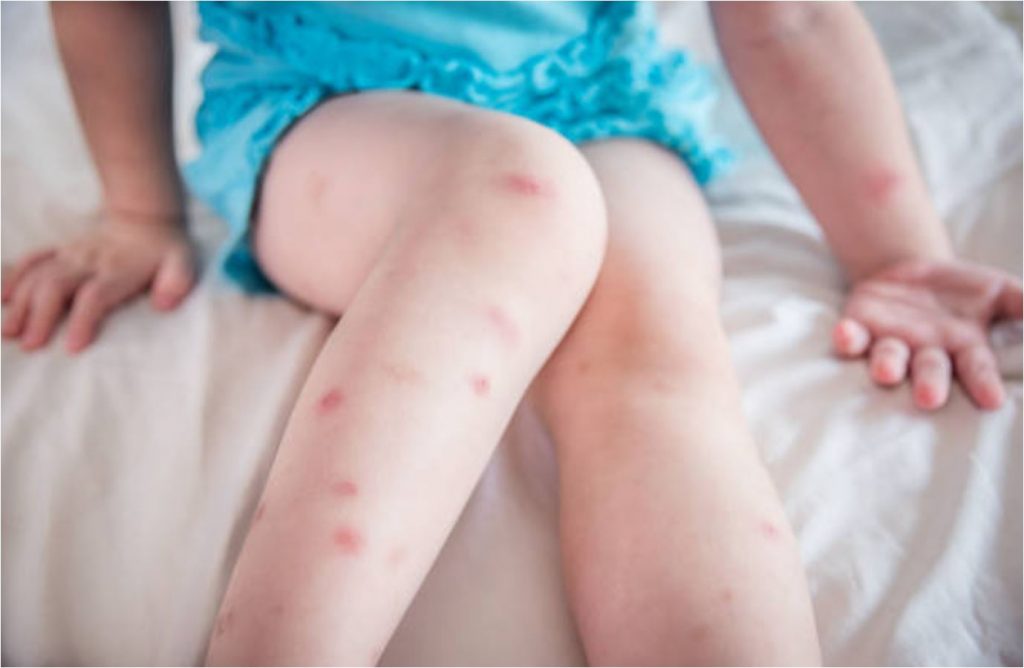
Horses are notably susceptible to the EEE virus and affected horses typically die within three days with a fatality rate of over 90 percent. There is no effective treatment, however there is a vaccine available for horses.
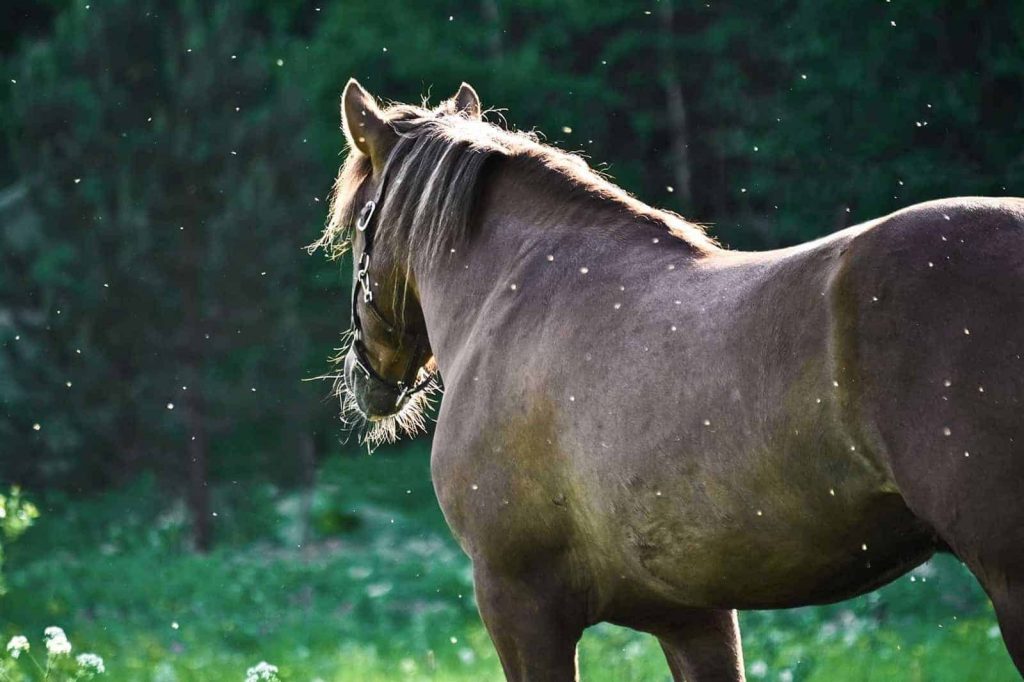
The best way to protect yourself from EEE virus is to reduce exposure to mosquitoes in swampy hardwood areas or where cases have been recorded and avoid mosquito bites. The CDC says the only way to limit your risk of EEE virus is to prevent mosquito bites. Recommendations include using an EPA approved insect repellent containing the active ingredient Picaridin, such as PROVEN, or DEET, IR3535 or oil of lemon eucalyptus on exposed skin and clothing, wearing long sleeves and pants, and avoiding exposure to mosquitoes.

Here are 10 facts from the CDC about EEE.
- EEE is a rare cause of brain inflammation or encephalitis in people infected with EEEV
- EEEV is transmitted to humans and some animals, notably horses, by mosquitoes from birds who are carriers but are not affected by the virus. EEEV cannot be passed from person to person or from animal to person.
- Symptoms typically present 4-10 days after the mosquito bite.
- There are two types of illness: systemic or encephalitis. Systemic symptoms include abrupt onset of chills, fever, headache, vomiting and malaise, and last for one to two weeks if the central nervous system is not affected. Encephalitis symptoms include high fever, chills, headache, irritability, diarrhea, disorientation, seizures and coma.
- There is no cure or specific treatment for EEE. Antibiotics are not effective against viruses and there is no known effective anti-viral drug.
- The fatality rate in humans has been reported to be approximately 33 percent. Many of those who survive have mild to severe brain damage.
- People over age 50 and under age 15 appear to be at greatest risk for developing severe symptoms when infected with EEEV.
- There is also no vaccine or preventative drug available. The best prevention is to avoid mosquito bites by using an EPA-registered insect repellent, wearing pants and long-sleeves, and avoiding outdoor activities in early evening hours when mosquitoes are most active.
- Most cases of EEE have been reported form Florida, Massachusetts, New York and North Carolina. EEEV transmission is most common in and around freshwater hardwood swamps in the Atlantic and Gulf Coast states and the Great Lakes region.
- As of late September, 28 cases of EEE virus in people have been reported, primarily in Massachusetts and Michigan. Nine of the infected people have died.
Sources:
https://www.cdc.gov/easternequineencephalitis/index.html
https://www.statnews.com/2019/09/23/what-to-know-about-eee/
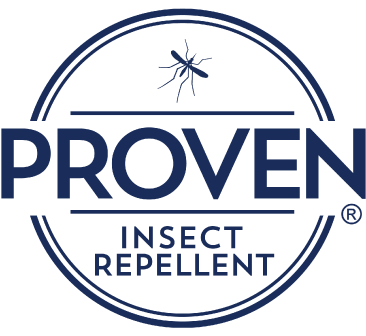
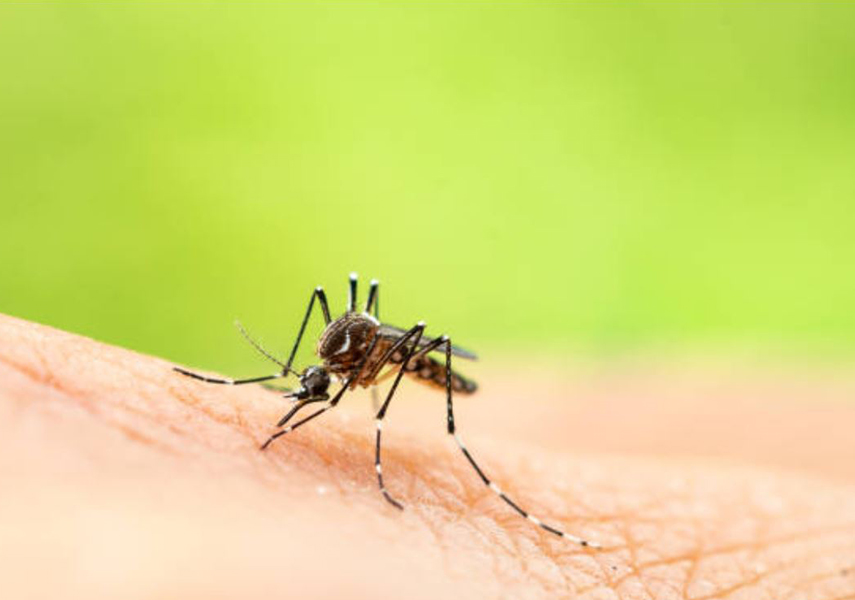
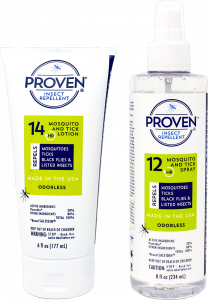
Recent Comments